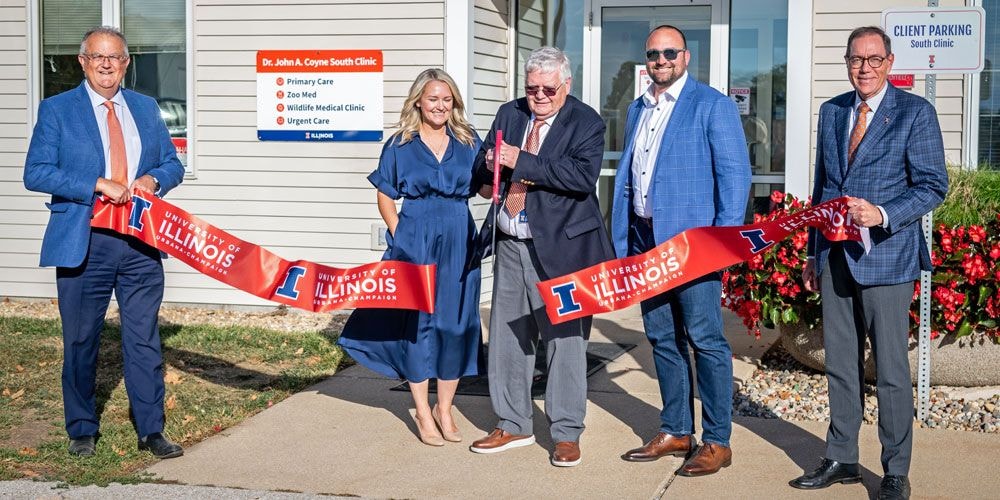Surgeons at UI Health spare patient’s spleen using robot‑assisted technique
December 22, 2015 03:35 PMSurgeons at the University of Illinois Hospital & Health Sciences System were able to preserve part of a patient’s spleen by using robot‑assisted surgery to remove a giant cyst wrapped around the center of the organ. The procedure is believed to be the first robot‑assisted auto‑transplantation (re‑implantation of a patient’s own organ) of a spleen.
Using a computer‑controlled, surgical robot, UI surgeons removed the spleen from the patient’s abdomen, excised the cyst, replaced the organ, and reconnected it to the blood vessels.
The spleen—a solid organ that sits under the ribcage on the left side of the body—plays a role in fighting infection and recycling blood cells.
Several hundred splenectomies are performed each year in the U.S. to treat cysts, which can cause acute pain. Total removal of the spleen is a common treatment. The UI Health patient, a woman in her early 30s, experienced persistent severe abdominal pain requiring opioid drugs.
While people can live without a spleen, they face a continuing slightly elevated risk for rare but overwhelming infections like sepsis.
“The body can compensate without the spleen, but because the patient was young and healthy otherwise, we wanted to avoid completely removing the spleen,” said Dr. Pier Giulianotti, chief of general, minimally‑invasive, and robotic surgery at UI Health.
The surgeons, led by Giulianotti, had planned to remove only the part of the spleen affected by what they knew from pre‑operative testing was a large cyst using minimally‑invasive surgery. But during surgery, they saw that the cyst was wrapped around the middle of the spleen, making partial removal difficult. They changed course and removed the organ entirely, keeping it alive by perfusing it with a cold solution, while they carefully excised the cyst, preserving as much of the spleen as possible. They returned the partial organ to the patient’s abdomen and reconnected its blood supply.
Reconnecting the spleen to its blood vessels is extremely difficult without the surgical robot, Giulianotti said. The organ lies very deep inside the abdomen, where there is little room to perform the fine, microsurgical suturing required to reattach blood vessels.
“Without the use of the robot, for this particular patient, we may have had to opt for a total splenectomy, which would mean the patient would have had to be very, very careful about infections for the rest of their life,” Giulianotti said.
The surgical robot “allows for much more conservative surgery that opens up the possibility of preserving spleen function in other patients with centrally‑located cysts,” he said.




